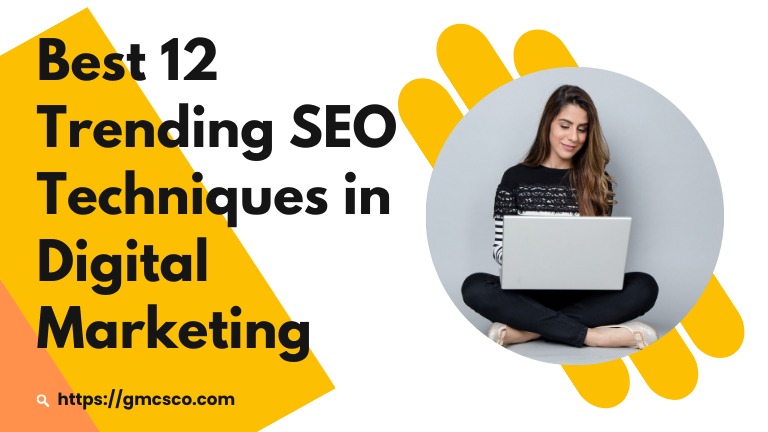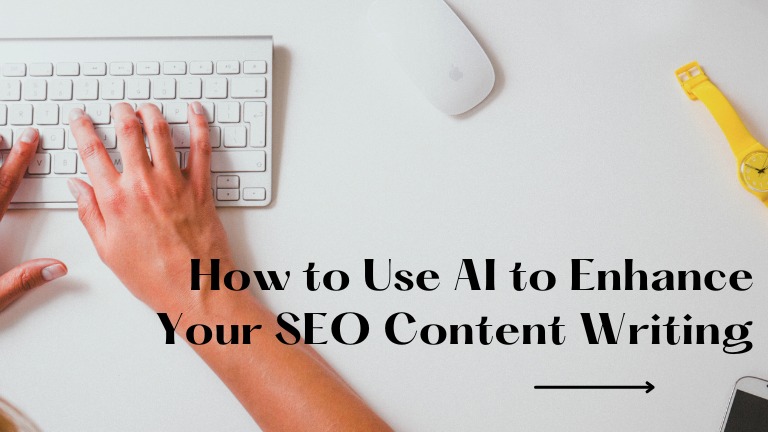Learning Management System
Introduction: Learning Management System and the Need to Embrace It Definition and Brief Understanding of Learning Management Systems You must have come across the term LMS when discussing, education and training systems; but what does it entail? Well, imagine having an online tutor, coach and planner combined into one application. A Learning Management System (LMS) is an application intended to manage learning and development programs within an organization. In other words, it is like having training staff all to yourself, except for fetching cup of coffee (unfortunately). The advantages of Integrating a Learning Management System Thus, what is it that makes people want to integrate a Learning Management System? Aside from the obvious that guys get to look super techie and girls with it get to look uber smart, there are quite a number of advantages that come with it. To begin with, it enables centralized storage of all your training documents, which makes it extremely easy for the learners to work through the training materials. Not only that, it enables you to monitor accomplishment, monitor performance, and create records on how effective your training strategies are. But most importantly let us consider the cuts in cost and overall time it takes to train replacing the conventional classes based train. It’s a win-win situation! About the Client The organization our which has appointed us was an education institution that was forced into embracing online delivery of lessons amidst lack of an integrated course delivery and online students’ management system. Noticing the lack of an effective solution, they were looking for an LMS that would help embrace the shift towards online learning. The first and foremost objective was to design and develop a more intuitive kind of LMS built on .NET framework capable of providing tools for course construction as well as for enrolment of new learners, tests and tracking systems in order to facilitate efficient online learning process. Project Overview To enter the new academic year, the main goal of the project was to design an integrated .NET-based Learning Management System to meet the client’s issues. The main goals were to avail resources that enable content development for the courses and enrollment of students alongside the general tools for formulating assessments and tracking of the learners’ progress so as to increase effectiveness of the shift towards the online classroom. The Challenges Lack of Centralized Platform: The lack of a common place where the modes of teaching and learner information are coordinated and executed online. Transition to Online Learning: To identify the lack of solution towards the transition from traditional to online method of operation. Efficient Student Management: Functional limitation of handling student enrollments other than using a system to track their assessments and learning progress. The Solution Working at GMCSCO Media Group, our team of experienced developers and project managers pooled talent in order to develop and launch a fully-fledged .NET based Learning Management System. The solution provided the options for creating courses; enrolling learners; implementing quizzes and tracking learners’ progress to address the shift to the online learning environment. Key Features of the LMS Course Creation Tools: Simple instructional designs for animating courses since the tools are friendly for the teachers to create appealing online content. Student Enrollment Management: Effective utility toward enrolling students, and thus great means for the proper signing-up process of students. Assessment Modules: Flexible assessment segments that afford opportunities for quizzes and tests, as well as other forms of evaluation. Progress Tracking: MIS for real-time control of progress that can be used by teachers and students from the process outcomes. Technologies Utilized Development Stack: .NET, ASP.NET MVC Database: SQL Server Integration: Web API, REST APIs Responsive Design: Making the possibility for access to the proposed material on different devices comfortable. The Outcome There was a good implementation of the Learning Management System that enabled the transition of the educational institution successfully to online learning. Lexis 3 also provided more interesting and effective online learning by offering simple, easy-to-use creation tools for courses, easy enrollment and management of students, numerous and flexible assessment modules, as well as real-time progress control. Conclusion Our team, GMCSCO Media Group has a rich experience in designing a Cubic LMS using .NET technologies, which helped in overcoming the challenges faced by the client side. This [definite] advanced features for creation of courses, enrolment of students, sections for assessment, and courses tracking which assisted in transition to online education. Do you need to shift to effective online lessons hosted within a strong Learning Management System? Get in touch with GMCSCO Media Group now to discuss how our knowledge in LMS can improve your educational procedures and enrich your on-line course.







